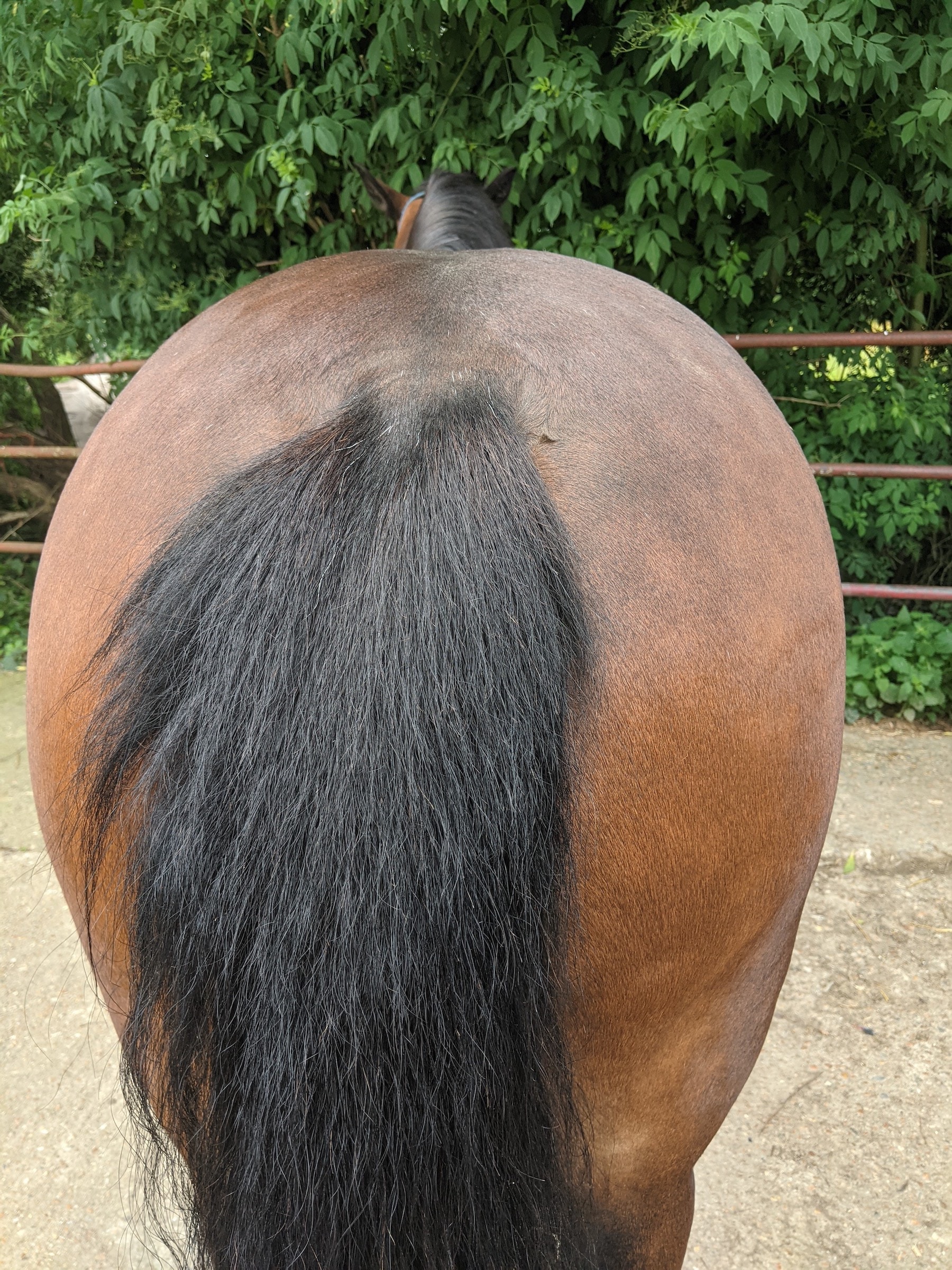The tail of a horse is more than just a fly swatter; it’s a complex tool for communication and expression. The way a horse carries its tail can reveal a lot about its emotional state, health, and energy level. In particular, horse tail carriage can be a fascinating aspect of equine behavior, especially when observing a running horse posture. A common question among equestrians and equine enthusiasts is why a horse holds its tail up when running. Here’s a concise insight:
- Young horses or those with excess energy often display their enthusiasm by hoisting their tails high while galloping.
- Horses spooked or frightened may also “flag” their tails as a signal of their distress.
- Mares in heat are known to raise or flick their tails as a mating cue.
- Tail carriage can also indicate physical discomfort, such as hock or stifle soreness.
If you’re curious about equine behavior and what it might mean when you see a horse holding its tail up when running, you might also be interested in other horse behaviors and what they signify. To learn more, explore our articles on why a horse lifts its hind leg high when walking, the reasons behind why a horse kicks when picking up back feet, and what it means when a horse stands on its hind legs. Each behavior can give insights into a horse’s health and emotional state.
The Significance of Tail Carriage in Equines

Diving Deeper into Equine Communication
For those involved in equine care and training, a nuanced understanding of their body language is invaluable. The tail, serving as an indicator of various emotional and physical states, is a key focus for those aiming to enhance their management practices and strengthen their bond with horses.
Interpreting the Subtleties of Tail Movements
- A tail that moves gently from side to side can reflect a tranquil or contemplative mood.
- Rapid, twitching tail movements may be a horse’s response to slight irritations or an effort to repel insects.
- A tucked tail could be a response to colder climates or a sign of apprehension.
Understanding Social Significance of Tail Height
In a herd, the height at which a horse carries its tail can denote its position within the social hierarchy. The tail position of dominant horses often signals their status, while more subdued members of the herd might present with a lower tail carriage, thus reinforcing the herd’s social structure.
Preemptive Measures Based on Tail Behavior
Equine behaviorists recognize that specific tail movements are frequently precursors to certain behaviors. Identifying a horse’s intention to buck or kick through their tail actions allows for timely intervention, enhancing safety for both horses and handlers.
Decoding Equine Tail Language
Equines, much like humans with their nonverbal cues, use their tails to express a variety of intentions and emotions to their peers. These cues encompass a wide range of messages, from reproductive readiness to competitive displays, forming an intricate nonverbal communication network.
External Influences on Equine Tail Carriage
Various external conditions like climate and insect presence can significantly impact how a horse holds its tail. Awareness of these factors is essential for accurately assessing a horse’s body language.
Perception of Tail Carriage Across Cultures
Different cultural perspectives can heavily influence how tail carriage is perceived and valued. Recognizing these perspectives is important for understanding the diverse ways in which equine tail signals are interpreted globally.



